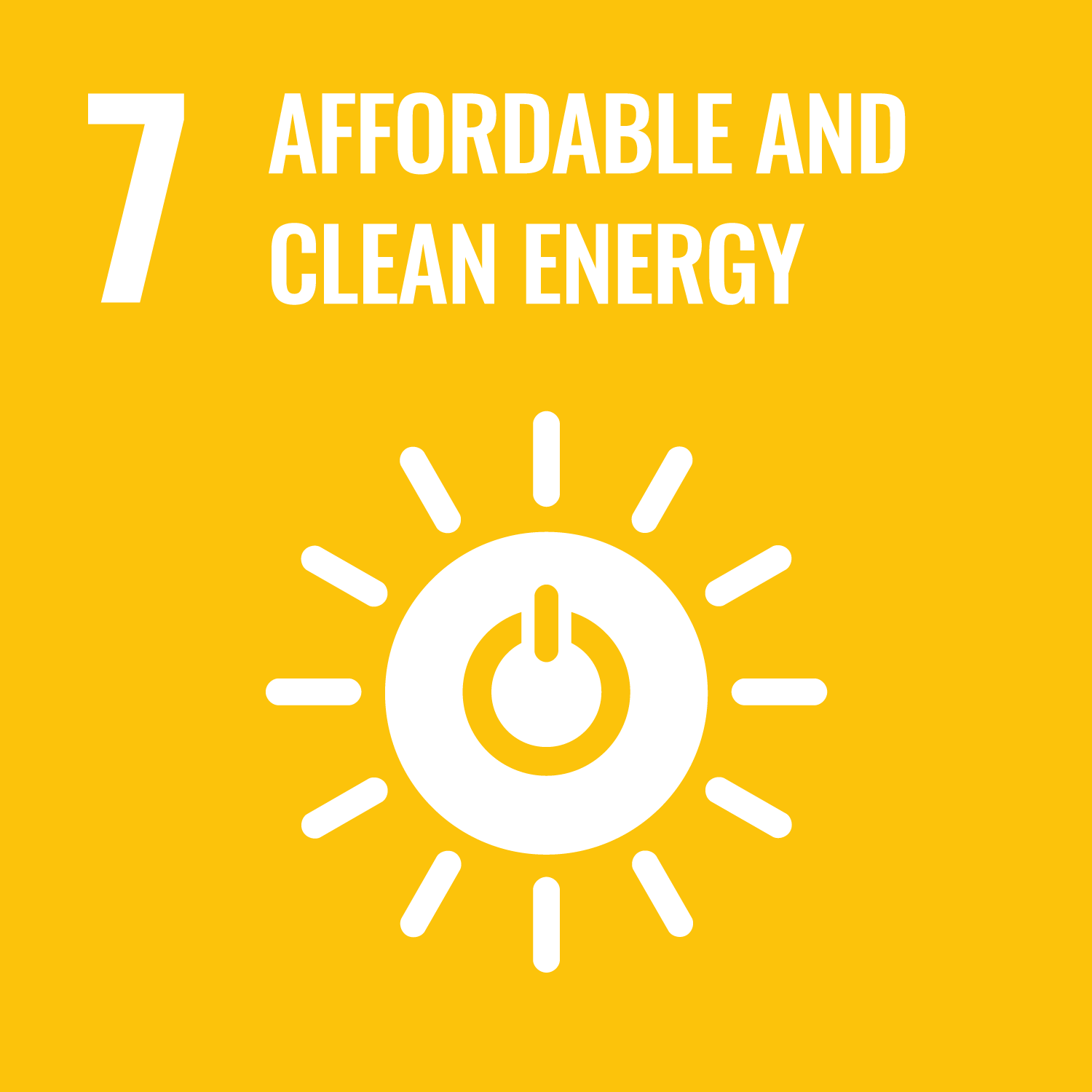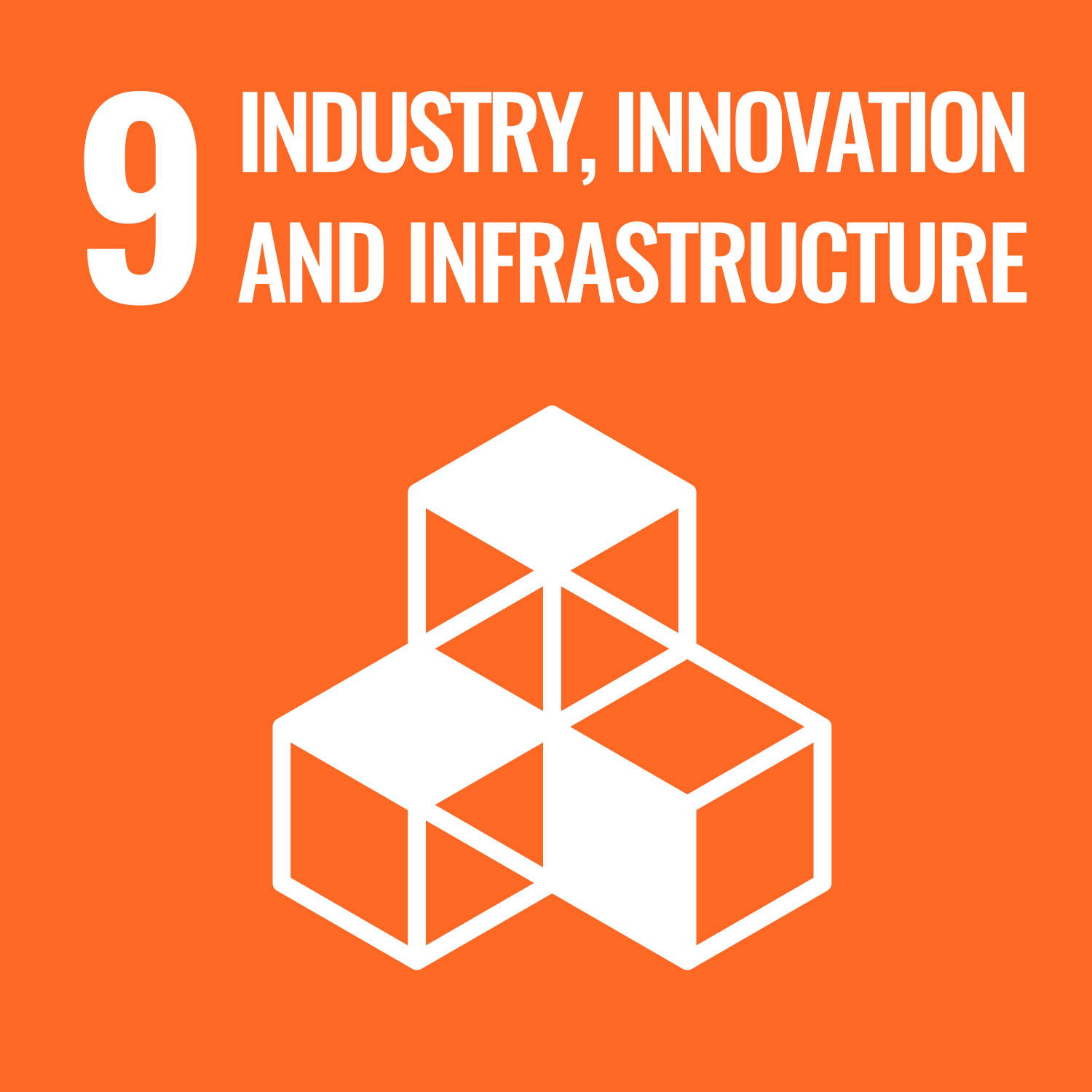LCS-FY2022-PP-01
A Projection of Cement Demand by Usage of Japan and an Assessment of CO2 Emission from Building Materials
Summary
According to the Comprehensive Energy Statistics of the Agency for Natural Resources and Energy, energy based CO2 emissions from the cement industry for 2020 was about 1.2% of Japan’s total emissions, and that total comes to around 3% when raw material sources are included. Since few alternatives to cement are currently available in construction and civil engineering sectors, methods such as using DAC/CCS for emissions from the cement industry, generally expanding the development of fixing technology through CO2 injection in public works, or developing alternative materials to cement are required to achieve carbon neutrality in Japan, but currently they are all expensive and applicability is limited. Estimating future cement demand is essential to evaluate the required scale and costs of implementing these new methods, and their burden on society.
In social capital, which creates demand for cement, stocks provide service, and their renewal and expansion create new demand for building materials such as cement. As such, we must first perform future estimations on stock demand.
In this study, we first evaluate the future stocks of social capital of residential buildings, other non-residential buildings and civil engineering facilities, which provide the major demand. Next, new investment demand by function is calculated from the durable life span of these buildings, then we estimate the required building material demand from new buildings.
The results show that while the marginal rising trend in demand for cement will continue until 2030, it will decrease rapidly from there until 2050 reflecting the decreasing demand for new buildings due to the decreasing population, and demand for cement, the core building material, will decrease to 42% of actual 2018 values. At the same time, demand for repairs and renovations of infrastructure facilities will only decrease to around 80% of 2018 values, so overall cement demand will decrease and remain at around 62% of 2018 values. This will become a major issue when attempting to achieve carbon neutrality by 2050 in the cement industry, where options for measures are limited, thus it is proposed that there must be an acceleration in the introduction of DAC/CCS technology, or the development of carbon neutral building materials or construction methods.



